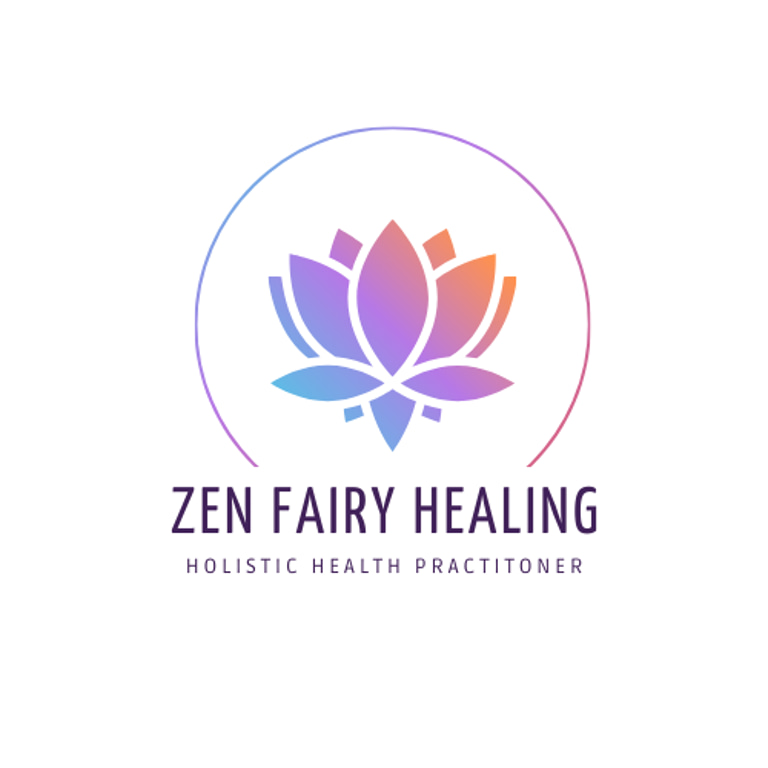Pruning The Generational Trauma Tree
Pruning my tree allowed me to see the connection to my family trauma and codependency
Zailynn E. Noel
6/23/20253 min read


It started with a tree.
Not just any tree, but the beautiful, magical pecan tree in my backyard—the one I adore, the one that shades my world, the one that doesn't produce fruit.
It offers me coolness and comfort, but something has been off. This year, I felt a nudge to prune it. The branches were heavy, some dead, some thriving but weighed down. And I realized—I had been enjoying its beauty, but not allowing it to flourish. It needed a release. It needed space to breathe, to redirect its energy, to do what it was created to do: bear fruit.
As I clipped away the dead branches, I began to see myself in that tree. The parts that snapped off easily were the old patterns I was ready to let go of—the ones I’d inherited from family. Then there were other limbs, attached to stronger, living wood, that took a little more effort to cut. Those were the beliefs and identities I had clung to for protection. Patterns rooted in pain but masquerading as comfort.
And when it came time to cut the full, green, thriving branches—the ones blocking the light, the ones casting too much shade—I felt my chest tighten. There was grief there. I didn’t want to lose their beauty. But I realized… even beautiful things need to be released when they’re preventing growth.
That’s when it clicked: I was looking at my codependency.
I’ve been a people-pleaser, a perfectionist, a silent sufferer. I’ve kept relationships alive long past their expiration date because of the comfort they brought—even if they also brought pain. I’ve held space for people who didn't reciprocate, poured water into cups with holes, and confused martyrdom with love. I’ve carried everyone else’s branches while mine withered.
My family lineage is full of addictions—drugs, alcohol, dysfunction—and I thought I was different. I didn’t smoke or drink. But I fell headfirst into emotional addiction. Food addiction. People addiction. Control addiction. The desire to be needed was my coping mechanism.
And just like my tree, I became weighed down. Beautiful, maybe. Magical, even. But not bearing fruit.
As I cut and released those branches, songs began to play. “Bag Lady” by Erykah Badu—reminding me of all the things we carry. And then, ironically, the song Habits (Stay High) by Tove Lo, a raw reminder of how we stay high on dysfunction to avoid feeling. It all mirrored what I was doing:
Staying stuck in survival patterns.
Holding onto emotional branches out of fear.
Shielding myself from growth to stay comfortable.
But comfort isn’t the same as alignment.
I realized I had been parenting my own children with the same cords I was trying to cut. I gave them love and light and encouragement—but deep down, I was still holding onto fear. “What if they get hurt?” “What if the world rejects them?” “What if they become too big, too bright, and someone tries to dim them like I was dimmed?”
My nervous system was still operating under old contracts. My intestines, literally twisted up in hernias, held the tension of unspoken cords—emotional umbilical cords still trying to keep everything safe. Even when the children are grown.
It was in that moment I understood: my pruning wasn’t just for the tree.
It was for me. For my lineage. For my children’s freedom.
To grow, we must prune. To flourish, we must release what is no longer ours to carry.
I trimmed the branches with reverence. And I whispered to the tree, “Thank you for your shade. Now go give the world your fruit.”
And maybe, just maybe, I was speaking to myself.
Reflection Prompt:
What emotional or generational branches are you still carrying that no longer serve your growth? What would pruning look like for you?
